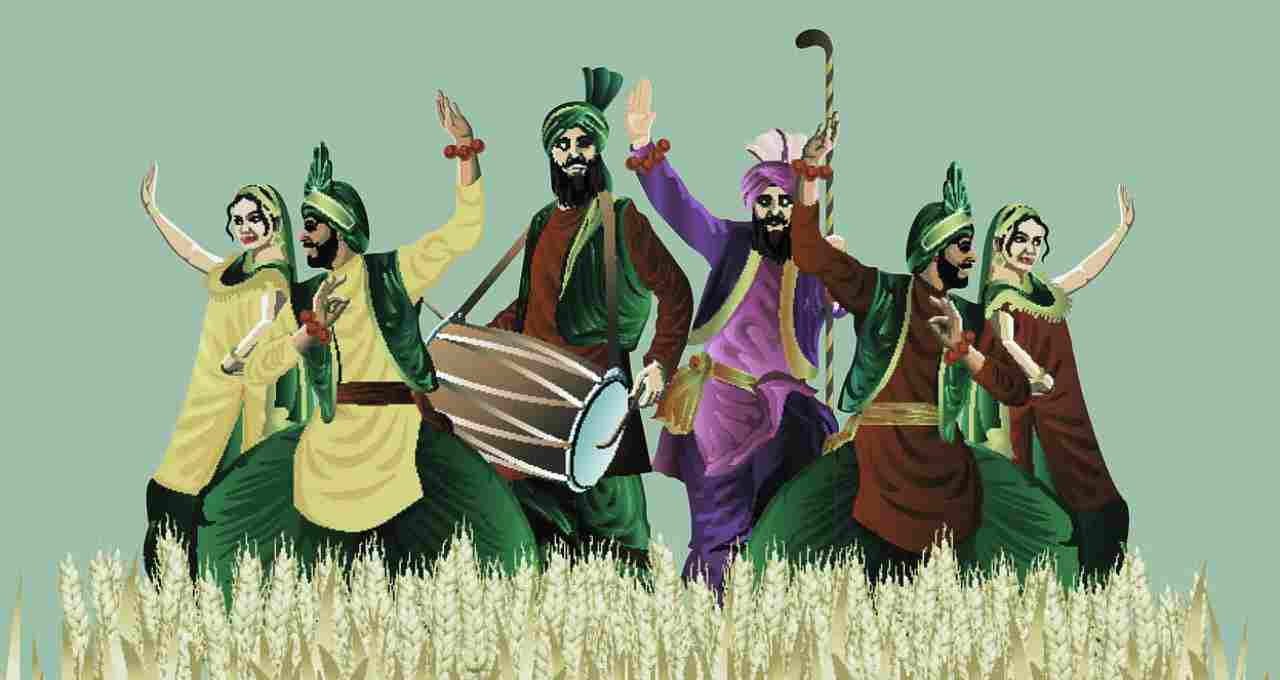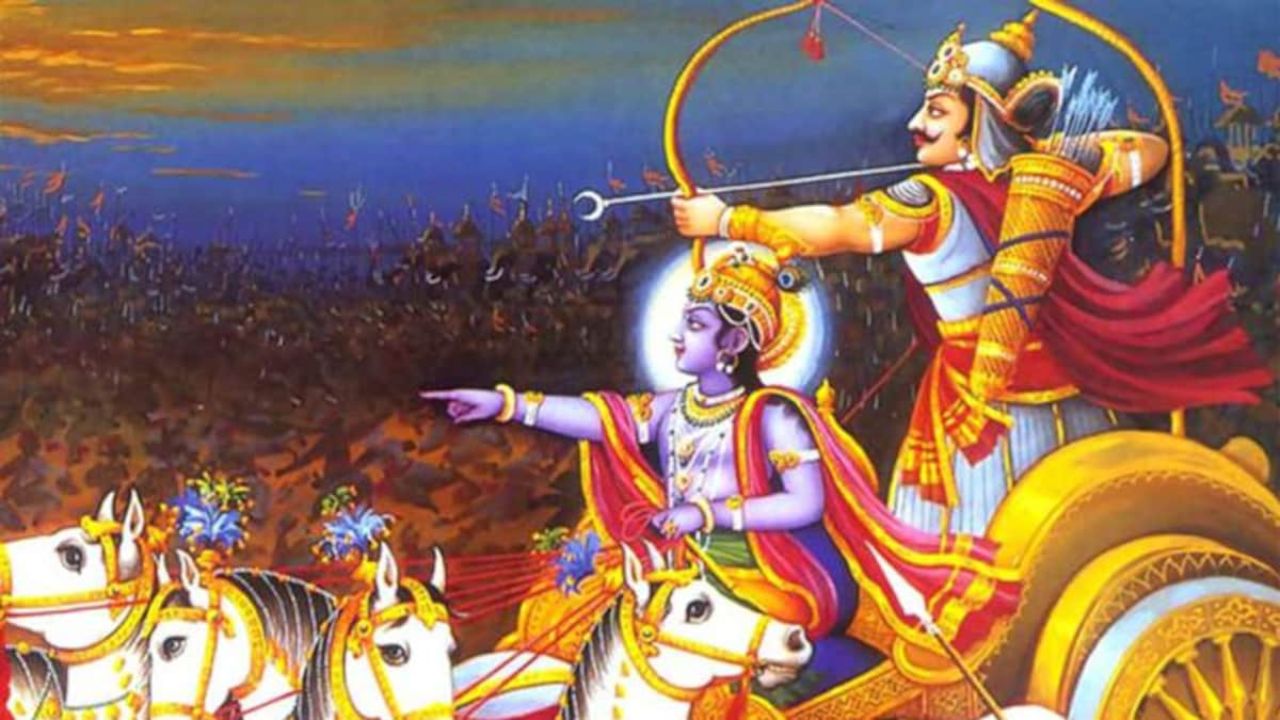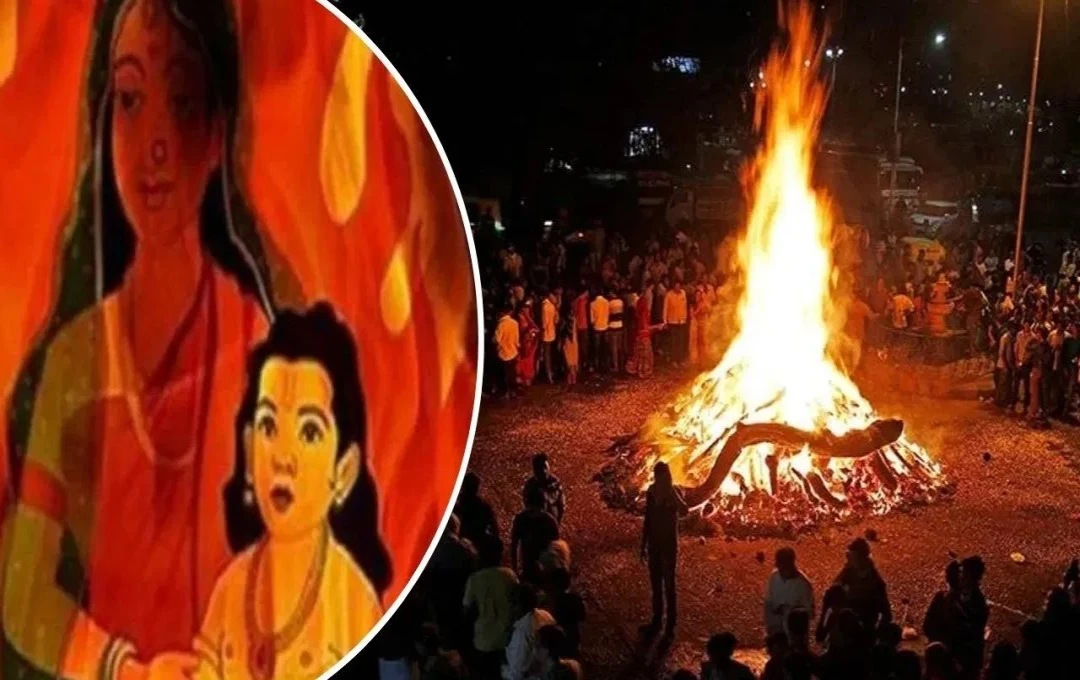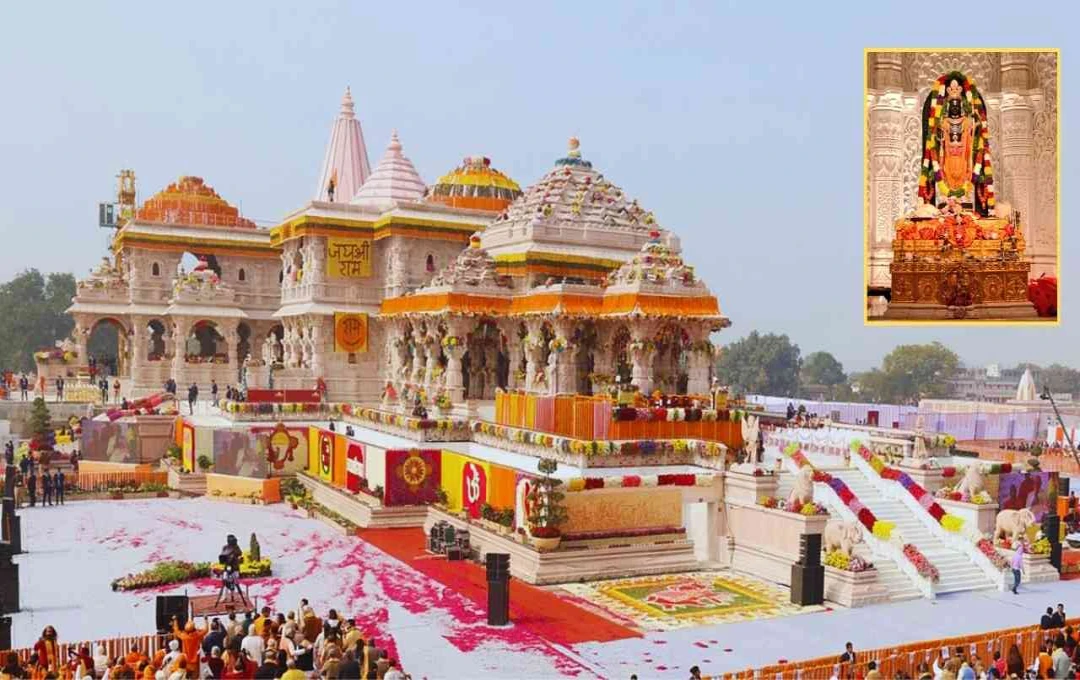Baisakhi 2025 will be celebrated on Sunday, April 13th. This festival is not only associated with agriculture and the beginning of the new year but also holds significant astrological and religious importance. According to the Panchang (Hindu calendar), Baisakhi, also known as Vaisakha Sankranti or Mesha Sankranti, is celebrated when the sun transits from the Pisces zodiac sign to the Aries zodiac sign. This marks the first day of the Indian solar calendar.
Baisakhi Date and Time
This year, the sun will enter Aries at 3:21 AM on April 13th. However, the auspicious time (Punyakal) begins at 9:43 AM on April 14th, considered particularly significant for bathing and charity. According to religious beliefs, the Punyakal commences after the sun's zodiac transition; therefore, devotees will perform Ganga-Snan (bathing in the Ganges), charity, and offer prayers to the sun on April 14th.

Significance of Baisakhi for Farmers
Baisakhi is a joyous festival for farmers as the Rabi harvest is fully ripe, and harvesting begins. This day is seen as a symbol of new energy, new beginnings, and the fruits of hard work. From a religious perspective, it is also considered a sacred day. Worshipping the Sun God, performing Havan (fire rituals), and donating grains are considered auspicious.
Kal Baisakhi: The Dangerous Face of Changing Weather

Another term associated with the Baisakhi month is 'Kal Baisakhi.' This is not a festival but a dangerous manifestation of sudden weather changes, characterized by b winds, thunderstorms, hailstorms, and torrential rain. Experts attribute this phenomenon to the collision of warm and cold air masses, creating a cyclonic situation.
According to A.K. Sen, former director of the Kolkata Meteorological Department and an expert on Kal Baisakhi, the wind direction during this period shifts from southwest to northeast. It is also known as the 'Western Squall.' Wind speeds can reach 70 to 100 kilometers per hour, impacting daily life. In previous years, its effects have been observed in states like Bihar, Jharkhand, Bengal, and Odisha. This year, meteorologists have warned that global warming may exacerbate the destructive impact of Kal Baisakhi.
When and How to Remain Vigilant

The state disaster management department and the meteorological department have instructed heightened vigilance in vulnerable areas. Timely warnings will be issued through mobile alerts, radio, and social media to enable the public to move to safer locations. Farmers are advised to check weather updates before working in open fields.













